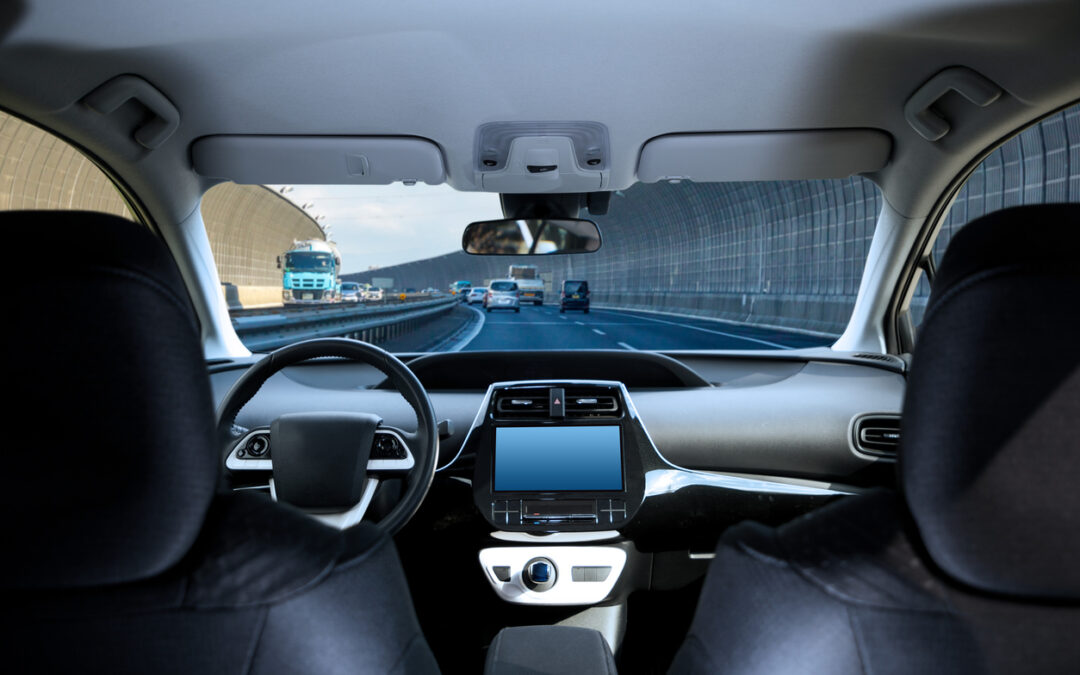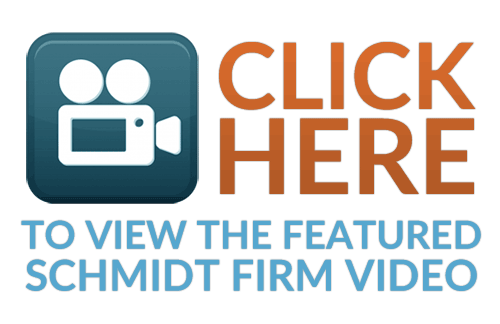The driverless Tesla Robotaxi vehicles have been plagued by dangerous traffic incidents on the city streets of Austin, Texas, raising significant safety and legal concerns.
What You Can Do & How We Can Help
The Schmidt Firm, PLLC is currently accepting Tesla Robotaxi injury cases in all 50 states. If you were injured by a driverless robotaxi or self-driving vehicle, you should contact our lawyers immediately for a free case consultation. Please use the form below to contact our Robotaxi Accident Litigation Group or call toll free 24 hours a day at (866) 920-0753.
Tesla Robotaxi Launches in Austin, Texas
In June 2025, the driverless Tesla Robotaxi service launched on the city streets of Austin, Texas, involving about 10 to 20 Tesla Model Y vehicles equipped with self-driving technology.
Tesla Robotaxi Traffic Violations
The first rides were held on Sunday, June 22, for about a dozen invited passengers. Alarmingly, many of them experienced incidents, like the robotaxi driving into oncoming traffic, speeding, or suddenly slamming on its brakes for shadows or police vehicles off the road.
NHTSA Probes Robotaxi Traffic Incidents Caught on Video
Federal highway safety regulators are already investigating Tesla’s problematic launch of the Robotaxi network on city streets in Texas.
What is a Tesla Robotaxi?
Tesla is producing a fleet of autonomous vehicles for their robotaxi network. The driverless, self-driving robotaxi (also called the Tesla Cybercab) is a two-passenger battery-powered electric vehicle that uses Full Self-Driving (FSD) software and sensors to drive on its own. The first robotaxis will be Tesla Model Y vehicles, but other vehicles are also in development.
Tesla Uses Cameras, Does Not Rely on Radar or LiDAR
Tesla FSD software is a camera-based system that does not use radar or LiDAR to see the road. This is fine on well-marked roads in good weather, but as any human driver knows, streets can get very confusing.
Tests have shown that Tesla’s camera-based FSD systems routinely struggle with odd lighting and unusual traffic situations.
Examples include shadows, poor weather, unusual traffic situations, construction zones, school buses or emergency vehicles with flashing lights, misinterpreting road markings as physical obstacles and slamming on the brakes, and poorly-marked roads.
How Does It Work?
The Tesla Robotaxi network is designed to work like existing ride-hailing services, such as Uber or Lyft, but without a human driver. Passengers will use an app to summon a robotaxi to arrive at their pickup location, select a drop-off location, and pay through the app.
The idea is that someday millions of self-driving vehicles will be on the roads nationwide, and self-driving vehicles will eventually be as common (or more common) than human drivers in most driving situations.
Can We Trust What Tesla Promises?
For now, robotaxi technology is still in the earliest stages of testing. Tesla has made big promises, but like most new technologies, there have been issues with “bugs” that could result in a traffic accident.
There are also serious safety concerns surrounding the testing of Tesla Robotaxi fleets on public roads. Is this technology actually as safe as Tesla claims? Can we really trust what Tesla promises?
Tesla Robotaxi Accidents
There are many videos of passengers in Tesla Robotaxis experiencing “phantom braking” (when the vehicle slams on its brakes unexpectedly for no apparent reason), speeding, or making mistakes.
Here are a few examples:
- Video of Tesla Robotaxi crossing an intersection into the wrong lane and driving into oncoming traffic (see the video at 7:10)
- Tesla Robotaxi slamming on its brakes while passing a parked police car that was not on the road.
- Video of Telsa Robotaxi “phantom braking” at a shadow (See video at 19:40 through 19:55)
- Video of Tesla Robotaxi slamming on its brakes, “phantom braking” so hard the passenger nearly dropped her phone (See video at 10:22)
- Robotaxi speeding at 45 mph in a 35 mph zone next to the Texas School for the Deaf
Tesla Hits Child-Size Dummy In Front of School Bus
In May 2025, a self-driving Tesla hit a child-size dummy (and still failed to stop or slow down) when the dummy was crossing in front of a stopped school bus with red lights flashing and stop sign extended.
This incident was only a test, but an actual incident occurred in 2023, when a Tesla Model Y hit a high schooler named Tillman Mitchell as he crossed in front of a school bus. The young man suffered life-threatening injuries, including a fractured neck and a broken leg. Investigators suspect the driver had Autopilot or FSD on.
How Safe Is Tesla’s Full-Self Driving (FSD) Software?
Dangerous incidents involving Tesla Robotaxis and other vehicles with Full-Self-Driving (FSD) technology have raised significant legal concerns, including potential lawsuits if people are injured or killed.
Tesla Robotaxi Lawsuit
Our law firm is investigating potential Robotaxi Lawsuits for people who were injured or killed by driverless taxis and self-driving vehicles. If you were injured by a driverless vehicle, we may be able to help you file a lawsuit and seek justice.
Lawsuits for robotaxi accidents could involve many types of people, such as:
- Robotaxi passengers
- Other drivers in a car accident with a robotaxi
- Construction workers
- Pedestrians
- Children crossing in front of school buses
- Bicyclists
- Police and other emergency workers
- And more
How Can a Lawsuit Help?
If you were injured or a loved one died in a Tesla Robotaxi accident, we may be able to help you seek financial compensation for your injury, wrongful death of a loved one, medical expenses, and more.
Do I have a Tesla Robotaxi Lawsuit?
The Schmidt Firm, PLLC is currently accepting Tesla Robotaxi injury cases in all 50 states. If you were injured by a driverless robotaxi or self-driving vehicle, you should contact our lawyers immediately for a free case consultation. Please use the form below to contact our Robotaxi Accident Litigation Group or call toll free 24 hours a day at (866) 920-0753.
Attention Lawyers: We consider a referral from another law firm to be one of the greatest compliments. If your firm is interested in referring us a case or for us to send you a list of previous award judgments and/or average referral fees, please visit the Lawyer Referral section of our website.


 The Schmidt Firm, PLLC has been recognized as one of the nation’s leading plaintiffs' law firms and handles cases in all 50 states. We are very proud of our legal achievements, but equally self-respecting of our firm's reputation for providing personal attention to each and every client we represent.
The Schmidt Firm, PLLC has been recognized as one of the nation’s leading plaintiffs' law firms and handles cases in all 50 states. We are very proud of our legal achievements, but equally self-respecting of our firm's reputation for providing personal attention to each and every client we represent.

